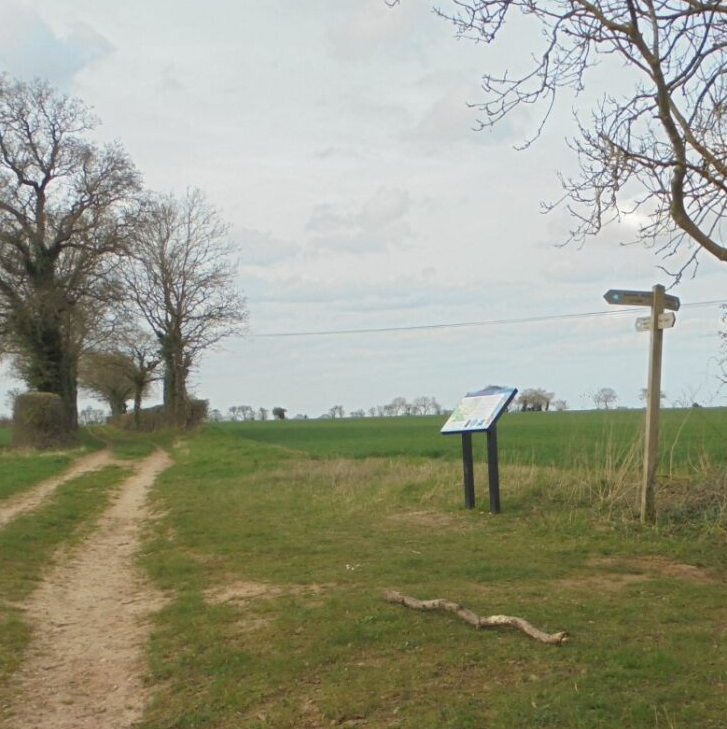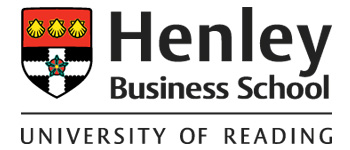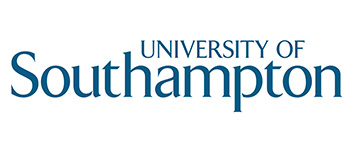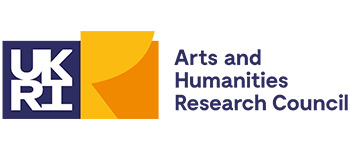Inauguration of North Walsham Information Board

On Monday 25 March 2024, the Battlefield Trust and its partners, 'The People of 1381' project and the North Walsham Town Council held a short ceremony to mark the installation of the first of a series of information boards at the site of the Battle of North Walsham, one of the most bloody encounters of the great rising of 1381.
The Battle of North Walsham took place on 25 or 26 June 1381, about a mile to the south of the town of what was then a heath. The Bishop of Norwich, Henry Despenser, had taken vigorous reprisals against the rebels in Cambridgeshire, Suffolk and Norfolk, and Despenser's arrival in Norwich on 24 June 1381 with an armed force led to proclamations urging resistance against the Bishop. Despenser learned that the rebel leader Geoffrey Lister, a dyer of Felmingham, was with a band of rebels near North Walsham. On arriving at North Walsham, the bishop found that the rebels had, in the words of the chronicler Thomas Walsingham. 'surrounded their place of assembly with a ditch in military fashion. To help their defence they had fixed tables, shutters and gates together with stakes above the ditch. The bishop saw that they had placed their carts and carriages behind them although they had no intention of running away'. According to Walsingham, the warrior-bishop, 'like a wild boar gnashing his teeth', threw himself on the rebel force and was always to be found in the thick of the fighting.
Eventually, the rebels lost heart and fled. The bishop and his men pursued them and cut them down. Geoffrey Lister was captured. Walsingham claims that Despenser demonstrated his mercy and piety by hearing Lister's confession himself, absolving him, and accompanying him to the gallows, 'holding his head to prevent it knocking on the ground while he was dragged to the place of his hanging'. In fact, the escheator's account of the goods forfeited by Lister included in the People of 1381 database reveal that he was 'beheaded by the community of the good people'. He left goods valued at 32 s 4d, for which Henry Bettes of Felmingham and Lister's wife Agnes had to answer. Other rebels who probably took part in the Battle of North Walsham were Richard Hobbeson and Geoffrey Colemann of North Walsham, who left goods valued at 20d and 21d respectively, Thomas Skeet and William Kybyte of Worstead, who both left goods worth 60s, Robert Smyth of Ridlington, who had goods worth 18s 2 d, and Thomas Radbote of Sco Ruston, who was the wealthiest, leaving goods worth £6. In a manorial court of Witton and North Walsham held on 31 October 1381, an acre and half a rod of customary land was granted to Margaret Buk, whose husband John had assaulted Bishop Despenser, presumably in the battle, and was killed by the Bishop. The manorial record of Hoveton St John also state that Nicholas de Orforde was killed at North Walsham. (Eiden, pp. 352-3).
The new information board at North Walsham was jointly funded by 'The People of 1381' project and the Battlefield Trust and is installed along the path of the signposted Peasants Revolt Circular Walk.
In addition to the plaque commemorating the Battle of North Walsham, a pub called the Peasants' Tavern opened in Market Street, North Walsham, in April 2024:
https://www.bbc.co.uk/news/articles/cw0zzd5n64no
https://www.churchtimes.co.uk/articles/2024/19-april/comment/columnists/malcolm-guite-poet-s-corner
Bibliography
Herbert Eiden, 'In der Knechtschaft werdet ihr verharren...': Ursachen und Verlauf des englischen Bauernaufstandes von 1381 (Trier, 1995)
Juliet Barker, England, Arise: The People, the King and the Great Revolt of 1381 (2014)






